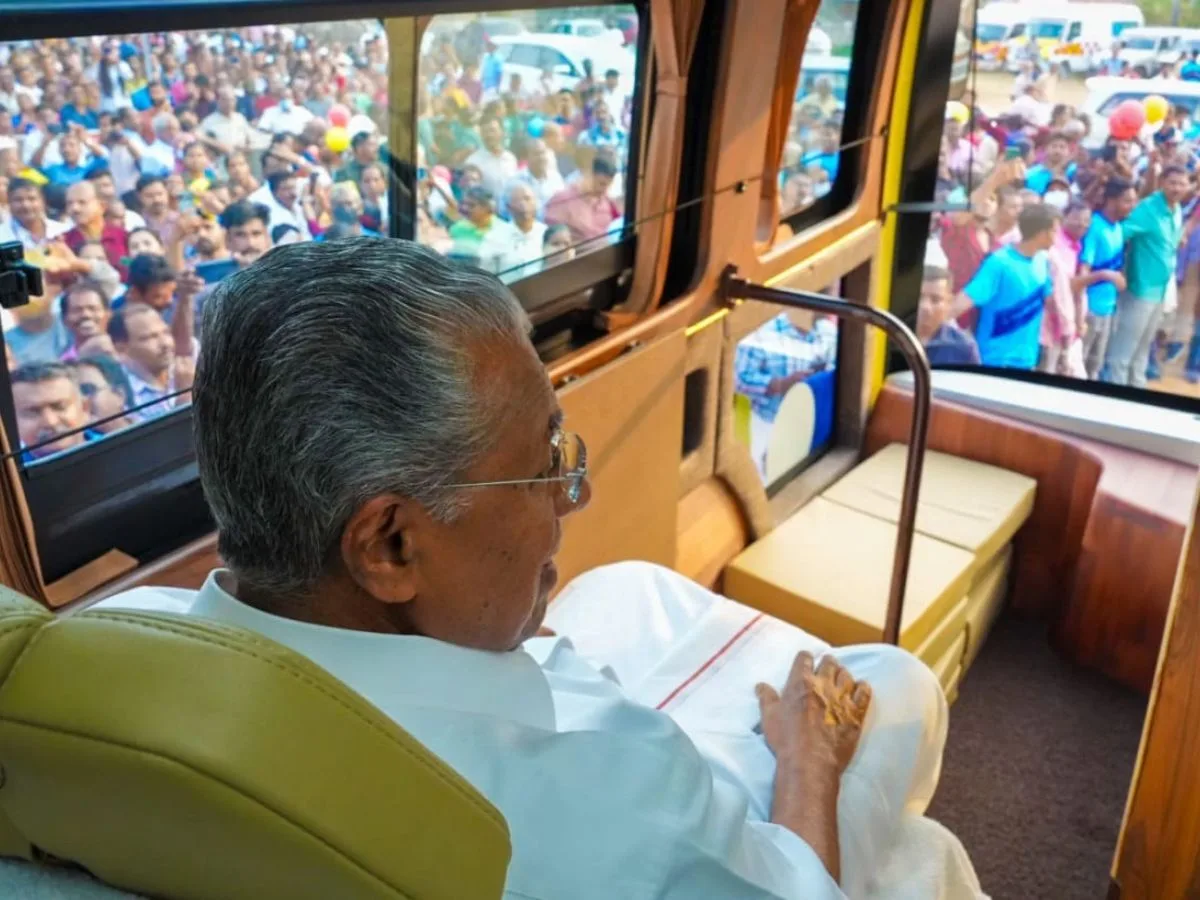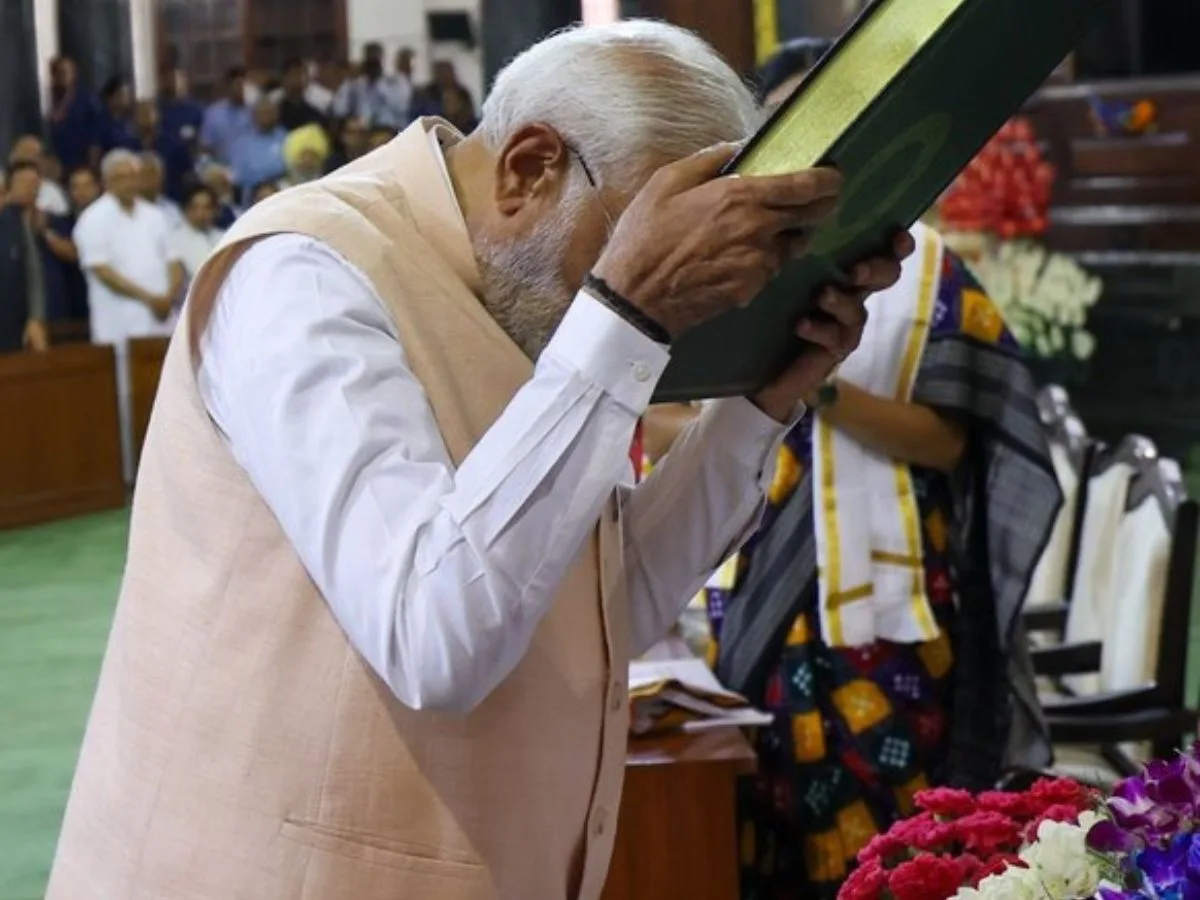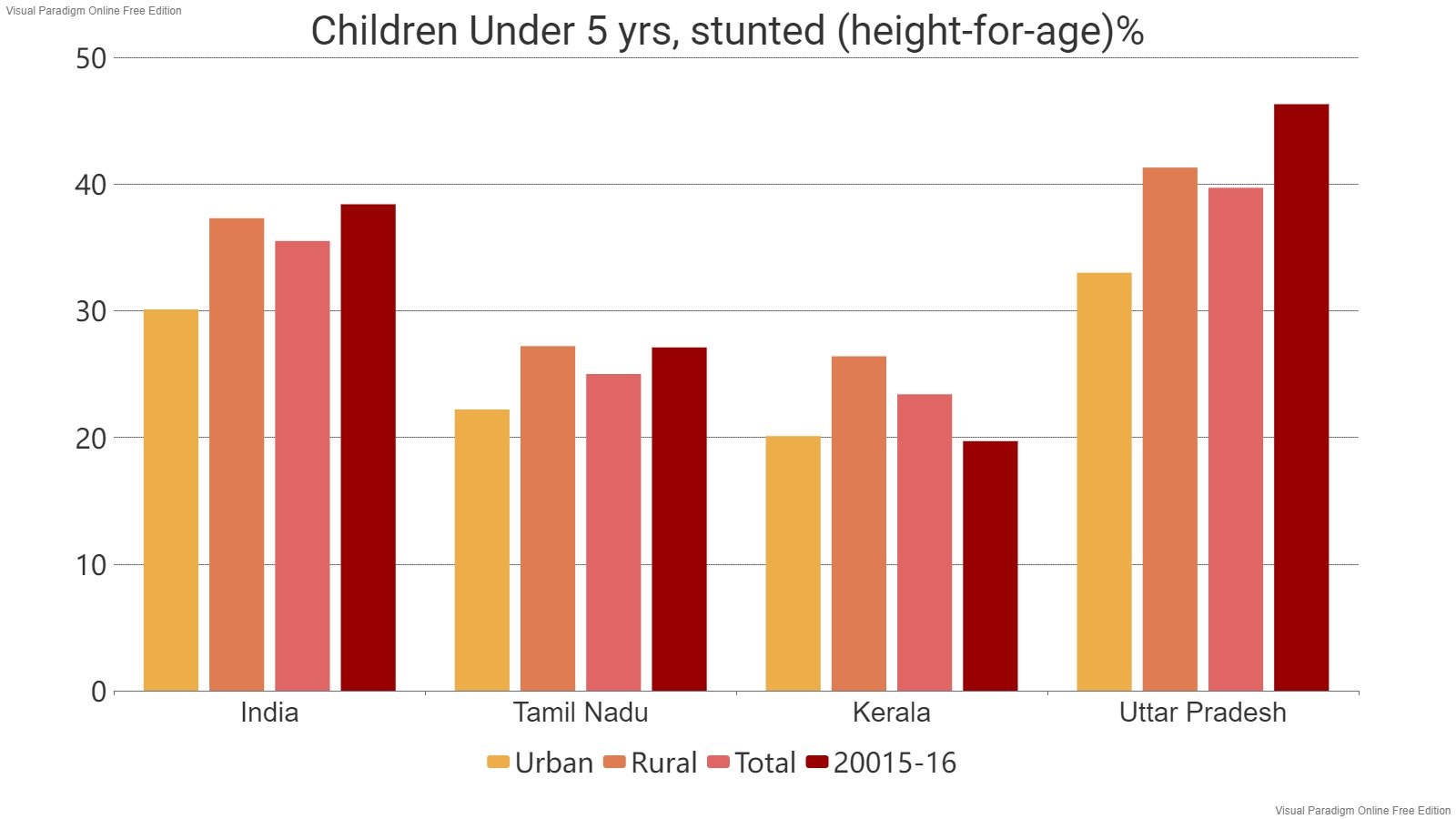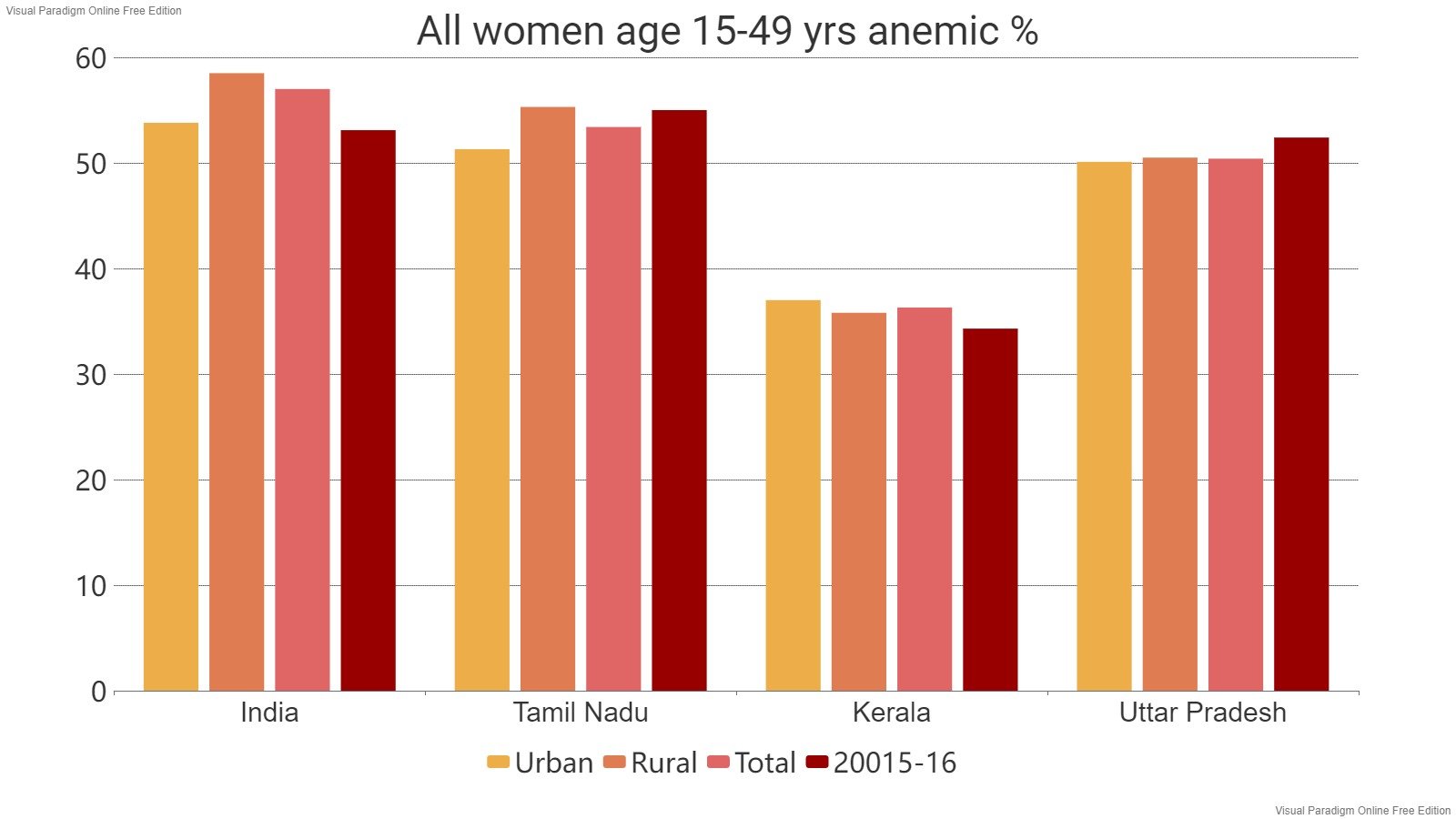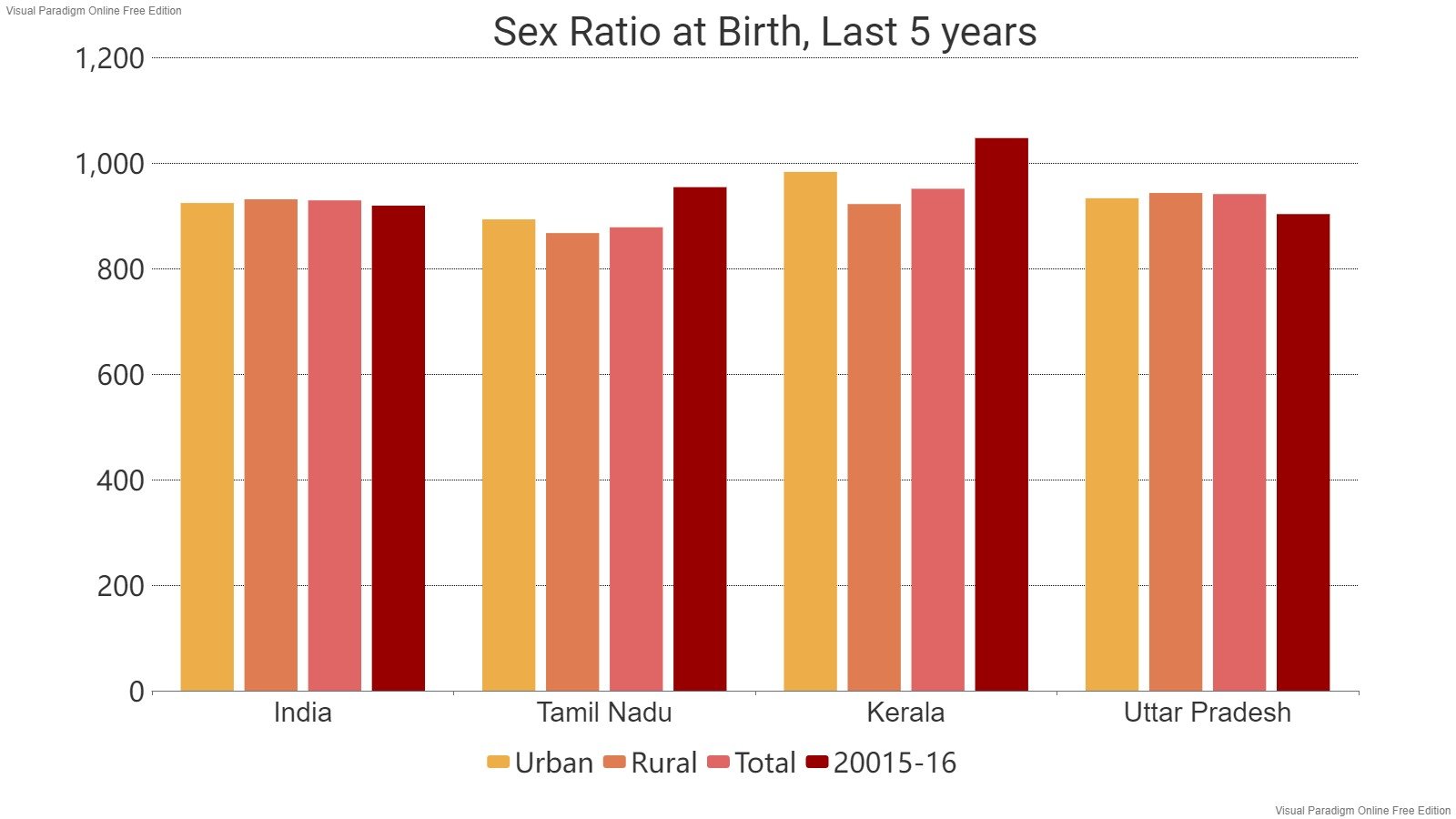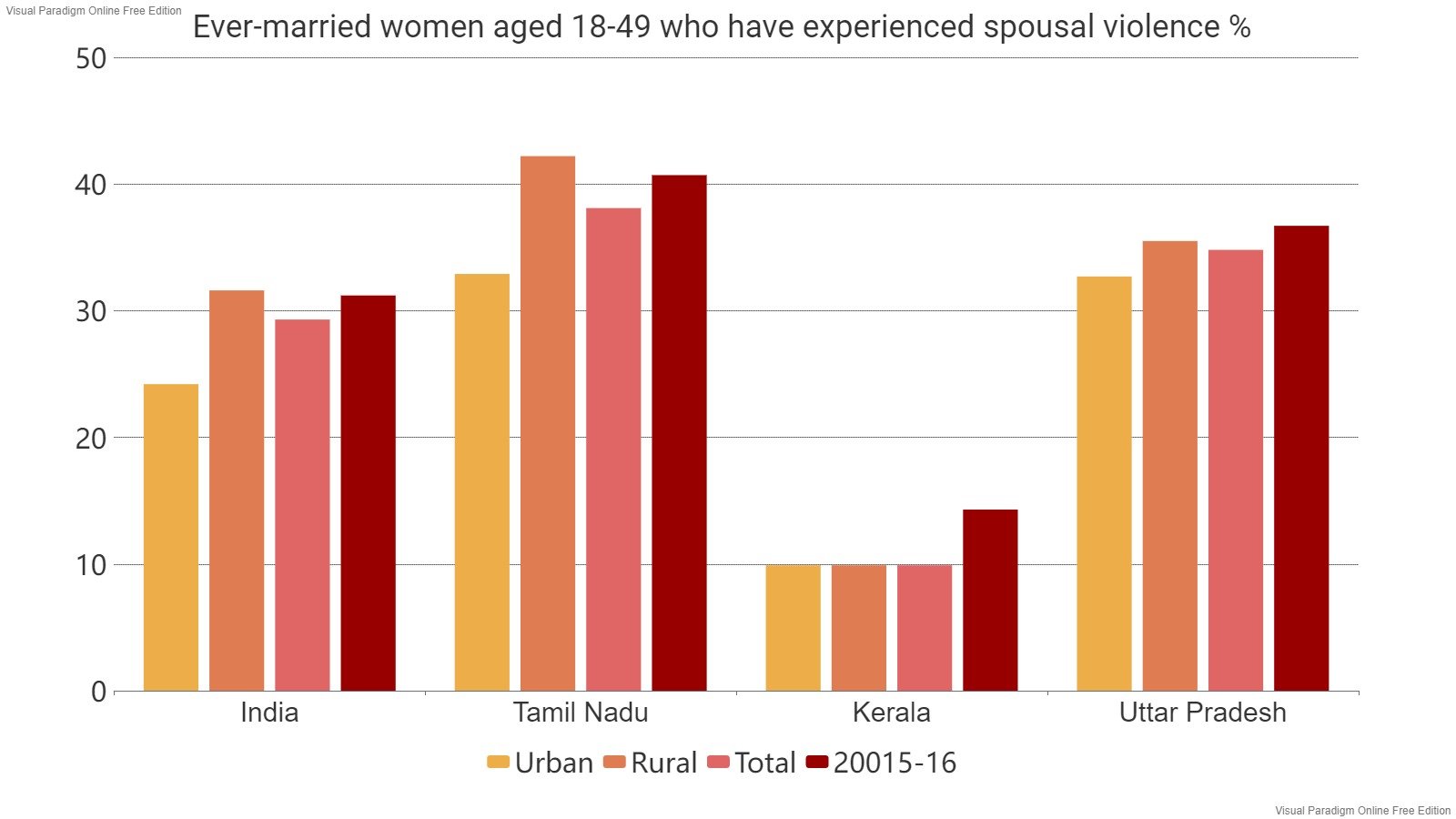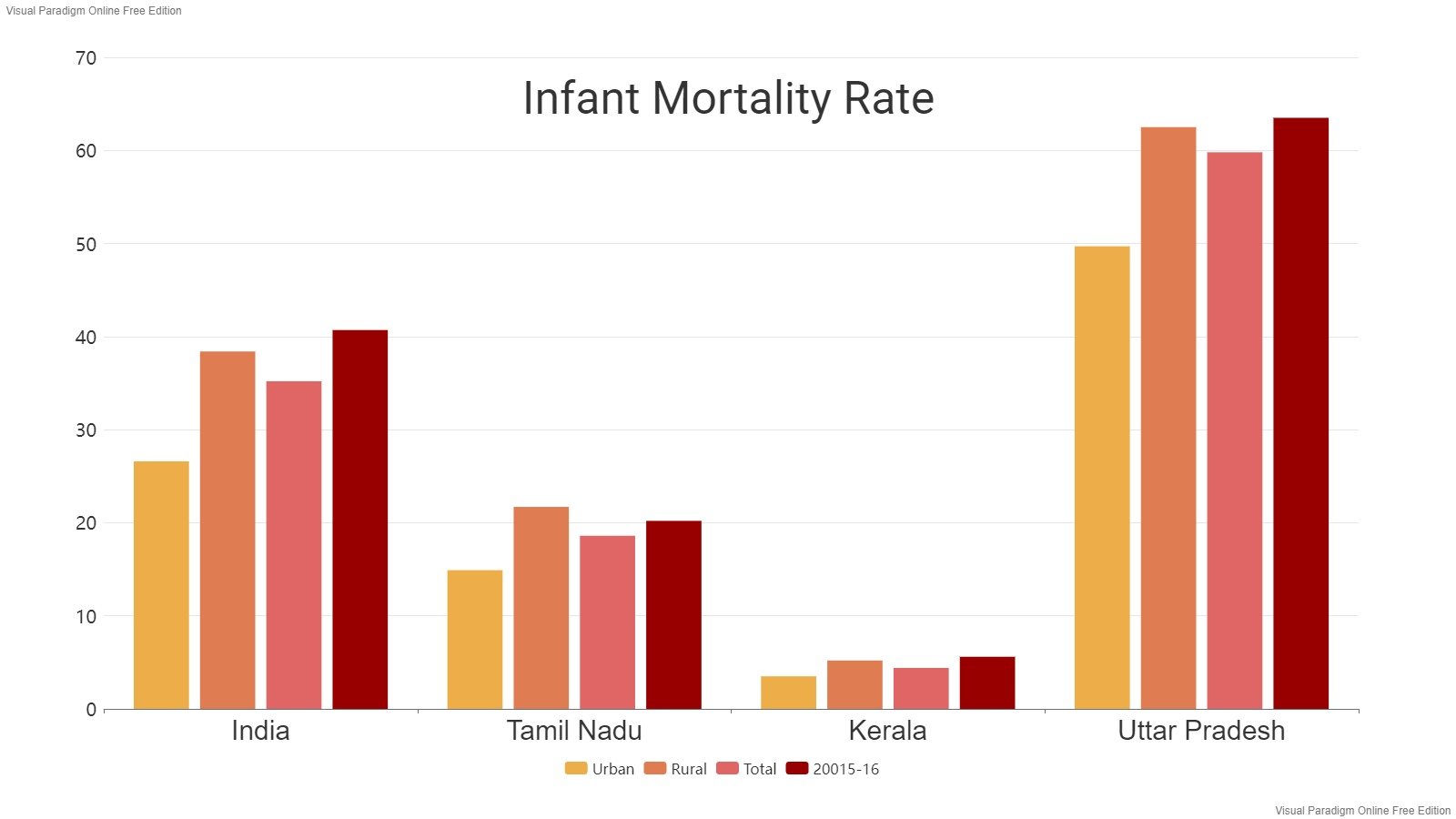Read in : தமிழ்
Nearly two years before the COVID-19 pandemic laid low the travel and hospitality sectors, the Union Civil Aviation Ministry had zeroed in on 21 cities which needed a second airport, to meet the peaks of passenger travel and freight transport as the economy grew. For Chennai, in May 2018, the Cabinet Committee on Economic Affairs (CCEA) approved an expansion of the existing airport at Meenambakkam at a cost of Rs. 2,467 crore.
A second airport for Chennai has been in the works for years, but the BJP-led Union Government asked the Tamil Nadu government to apply for it under the Greenfield Airports Policy of 2008. According to the Civil Aviation Ministry, which explained the process in Parliament, “a State Government or an Airport Developer willing to establish an airport is required to send a proposal to the Ministry of Civil Aviation (MoCA) for 2-stage approval.” This procedure involves ‘Site-Clearance’ followed by ‘In-Principle’ approval. “Such proposals are considered by MoCA as per the procedure stipulated in the GFA Policy,” the Minister of State, V.K. Singh said on August 1, 2022.
The Policy makes it clear that the responsibility to implement airport projects including funding of the projects under this plan rests with “the concerned airport developer including the respective State Government (in case the State Government is the project proponent).”
This explanation, provided to Rajya Sabha member from Tamil Nadu Dr. Kanimozhi and NVN Somu indicates that both the DMK government, which is pushing for it, and the Union government, which must accord final clearance for the site and participate in the operation of the new airport, have to work in sync to operationalise a facility that is tentatively estimated to cost at least Rs. 20,000 crore.
Also Read:
Infrastructure in Chennai: Here’s why ‘high roads’ were laid
A second airport for Chennai has been in the works for years, but the BJP-led Union Government asked the Tamil Nadu government to apply for it under the Greenfield Airports Policy of 2008
After an initial vetting process, Parandur in Kancheepuram district about 70 km from Chennai has been chosen as the site for the airport, and Chief Minister M.K. Stalin sees it as a driver of future growth towards a one-trillion dollar economy for the Dravidian model government. In the estimate that he highlighted, the new airport would cater to 10 crore passengers a year, nearly three times what the existing airport at Meenambakkam could in seven years after ongoing expansion work is completed.
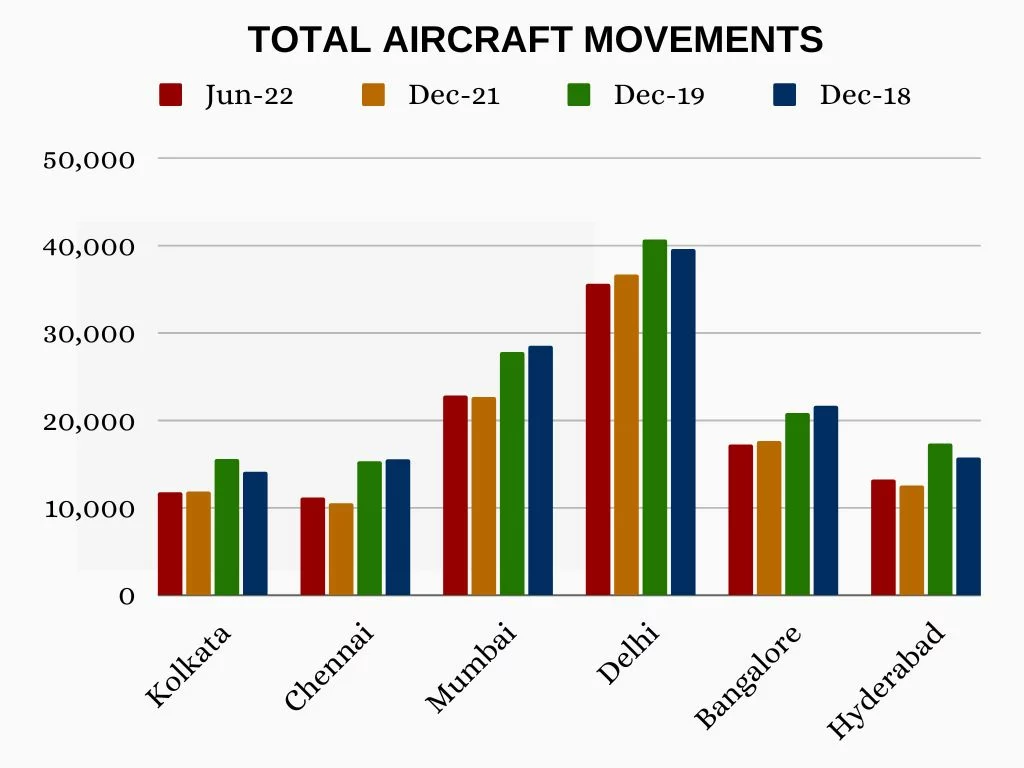
There has been a substantial fall in traffic because of the pandemic and the recovery has been slow. This graphic also shows the relative traffic profile of Chennai airport vis-a-vis other international airports. (Source: Airports Authority of India)
India’s airport infrastructure is mostly rated inferior internationally, although its aviation market in the pre-COVID phase was steadily expanding. Recently, the Airports Authority of India (AAI), which manages the existing Chennai airport, estimated that national air passenger traffic would rise from 341 million in 2019-20 (before the coronavirus struck) to 827 million by 2032-33. Chennai’s highest traffic air passenger volume was recorded by the AAI in December 2019, at 2.09 million for that month.
An early groundswell
The announcement of a second airport at Parandur has triggered disquiet and agitation among the residents of villages in the area, and frantic attempts were made by the residents to get accurate information from the revenue authorities.
Their anxiety is sought to be assuaged by the DMK government, with Public Works Minister E.V. Velu telling the media that those whose lands are acquired would be given three-and-a-half times its worth in compensation.
Questions have been raised whether the decision to build a second greenfield airport for Chennai is timely, given the gradual recovery from the pandemic, general inflation and fuel price hikes, the rising cost of air travel in both domestic and international sectors, and the lack of clarity on long-term prospects for the public.
The International Civil Aviation Organisation (ICAO), the global regulatory agency, notes in its July 2022 report that world passenger traffic was making a recovery, but was still in negative territory over 2019, at minus 31.3% for May data. Available seat capacity was also showing an upward trend, although this too stood at minus 28.9% over the base year.
India’s domestic aviation market, crucial for the viability of airports, is assessed by trade body International Air Transport Association (IATA) at 2.2% of the global share, compared to 17.8% for China and 25.6% for the United States. Domestic travel demand in India could continue to rise, but there is no estimate of the role of external factors such as inflation, fuel prices and faster intercity trains that could cut demand.
Last mile gaps
Chennai is in the process of implementing a major expansion of the Metro rail system in the city, and an airport line connects such locations as MGR Central Station, north Chennai, and Koyambedu bus stand. But as anyone visiting Chennai discovers, there are several barriers for arriving passengers to access the airport Metro station. Departing passengers (but not visitors) have the option of going directly from the Metro trains to the terminals using travelators. Information on Metro services and signage in terminals and outside to guide passengers remain rudimentary.
Also Read:
Catching the buzz of drones: Training, jobs and tech
The announcement of a second airport at Parandur has triggered disquiet and agitation among the residents of villages in the area, and frantic attempts were made by the residents to get accurate information from the revenue authorities
A major legacy issue of the Chennai airport at Meenambakkam is the absence of a robust airport bus service touching various suburbs and core city areas – a politically-connected taxi lobby obstructed any move to improve bus connectivity for several years, notably during the AIADMK regime under Ms. Jayalalitha. The DMK government has not moved to remove this anomaly.
How quickly can such infrastructure be provided to a second greenfield airport at Parandur? Will it be worthwhile for passengers to travel over 70 km to the new facility at high cost, meet check-in times, and wait? The flying time to Bengaluru, for instance, would be no more than 35 minutes but entail a few hours spent in preparation. It could be argued that flight operations could be segregated between the old and new airports, with longer international flights operated from Parandur. But how would transit passengers from Meenambakkam fare in such an arrangement?
There has been little debate or public participation in the decision to go in for a second airport, triggering apprehension among the villagers who live in this part of Kancheepuram district. has the difficult task of reconciling public apprehension, loss of environmental values like lakes and irrigation tanks, commercial viability, infrastructure investments with the push for a new, modern symbol for Chennai that would stand as his legacy.
Read in : தமிழ்




